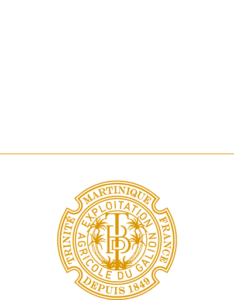
TERROIR RHUM


TERROIR RHUM
BY CONTINUING YOUR NAVIGATION ON THIS SITE, YOU CERTIFY THAT YOU ARE OF AGE IN YOUR COUNTRY



The middle of the 19th century marked a turning point in Martinique. The birth of steam as a driving force, combined with the abolition of slavery and the first West Indian sugar crises saw the model of traditional sugar mills challenged and weakened. It was in this political and economic context that Eugène Eustache, a young merchant from Antwerp, bought the Galion plantation in 1849.
He built a modern steam factory in 1863 and bought all the plantations in difficulty around the Galion between 1858 and 1870 to supply his factory with cane. It was one of the only factories in Martinique supplied solely by its own cane, and so gradually formed the nucleus of the future Galion agricultural estate.


Émile Bougenot came from a comfortable farming background in the Côte d’Or. He had just graduated from the Ecole des Arts et Métiers when he arrived in Martinique to supervise construction of the Lareinty factory and then the Galion factory. He settled in Martinique and married Eugène Eustache’s daughter. At the same time, he joined forces with Octave Hayot, an agricultural engineer from Martinique, with whom he invented the model of central factories grouping together several planters. They built all the factories that each had their heyday in the last half of the 19th century.
In addition to his engineering skills, Bougenot proved to be a fine factory manager and became director of almost all the factories he built. Of the twenty-one factories in operation at the time, he managed or administered sixteen of them. This is what made his fortune and fame. When his father-in-law, Eugène Eustache, died, he remained the owner of the Galion but left Martinique for good in 1892. From then on, the agricultural estate and its factory were run by a Martinican director, but were always managed from the mainland by the different Bougenot generations.
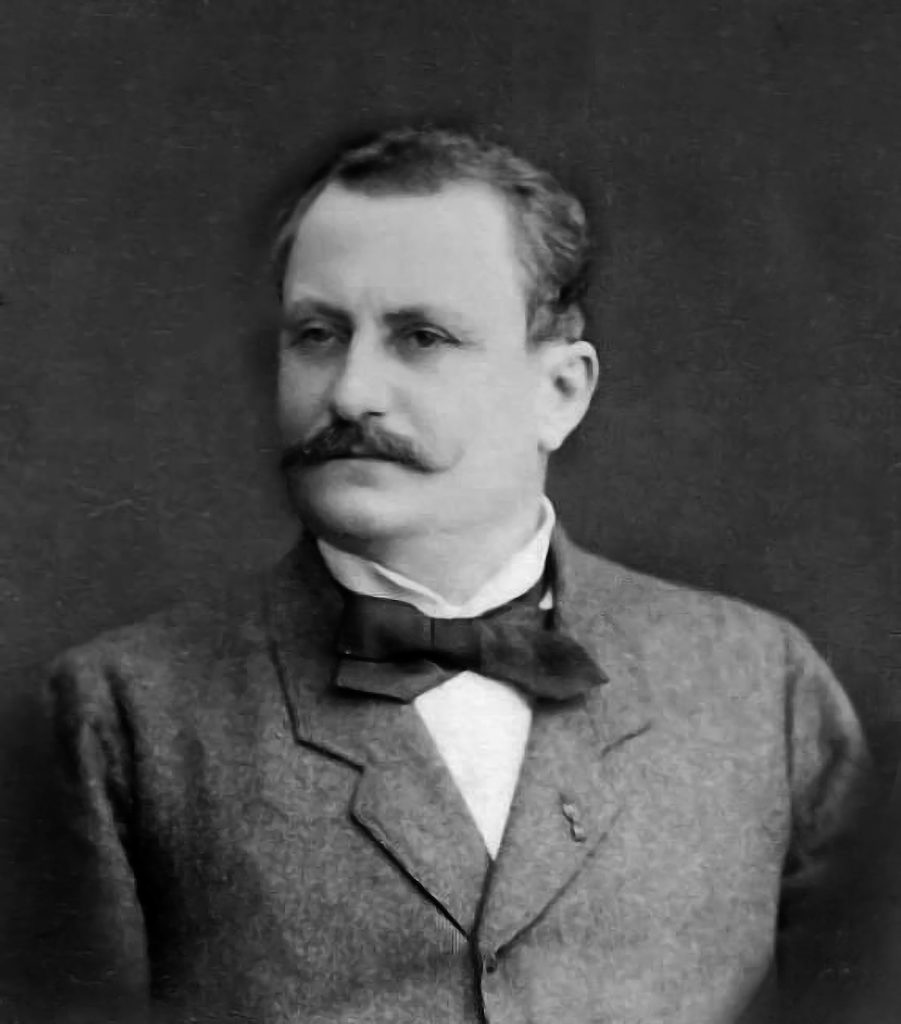

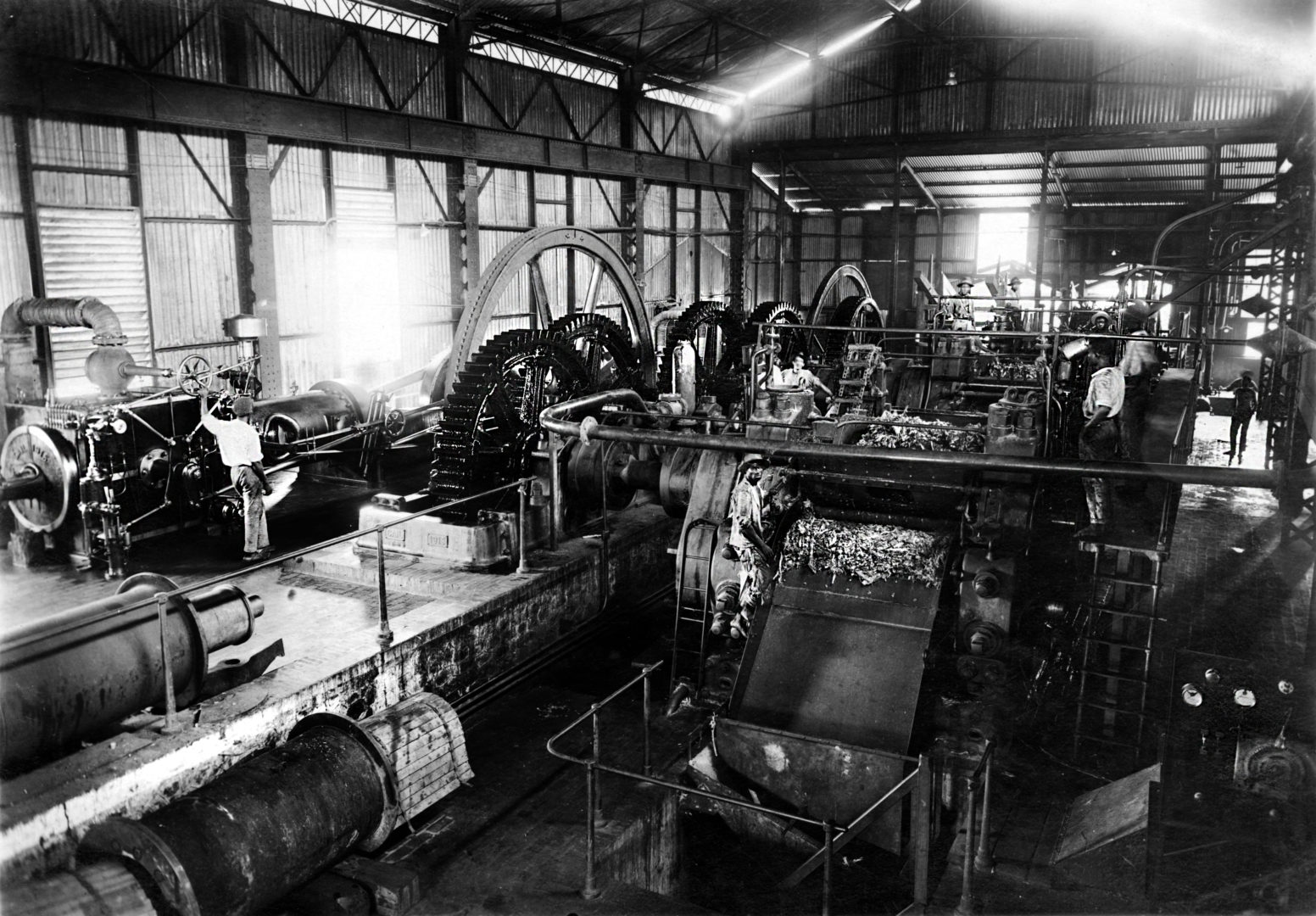
THE GALION SUGAR FACTORY WAS ONE OF THE FIRST SUGAR FACTORIES TO BE BUILT IN MARTINIQUE AND THE ONLY ONE STILL ACTIVE TODAY.
The Eugène Eustache factory built by Emile Bougenot in Fonds Galion was the second factory of this type to be built in Martinique. Notably, it is supplied with its own cane. During the 20th century it was modernised several times to increase production capacity. It was taken over by a semi-public company in which the region had a majority stake in 1981. It is the last sugar factory in Martinique and is still mainly supplied by cane from the Exploitation Agricole du Galion.

During the time of Emile Bougenot, the Galion factory began to produce rum as well as the thing that made it special; the renowned Grand Arôme du Galion, highly sought after to elevate ordinary rum and for baking. The only product of its kind in the world, it often made it easier for Galion to weather the rum over-production crises that followed the First World War.
Indeed, between 1914 and 1918, battlefields established themselves permanently in the sugar beet growing regions of Eastern and Northern France, causing the demand for West Indian sugar to soar. In addition, since the end of the 19th century, phylloxera has decimated nearly 2,5 million hectares of vines, causing a drop in wine and brandy production. In response, demand for rum exploded and reached new heights. The years of 1914 to 1918 were a good time for sugar and an extraordinary time for rum.
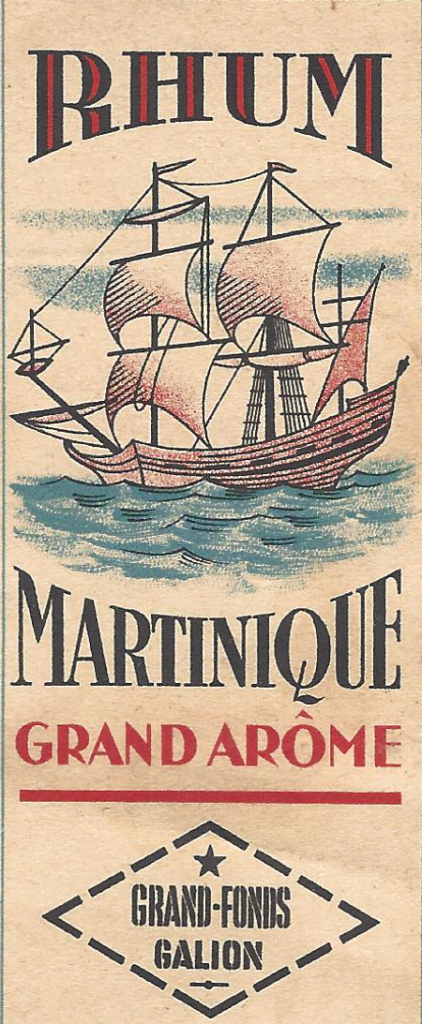
During the period of recession that followed the economic crisis of 1929, Galion’s loss of earnings was substantial. Sugar was primarily responsible for the decline, as its production
cost was consistently higher than its selling price from 1930 to 1939. Galion still managed to
balance its production account thanks to syrups. Unfortunately, prices also fell, leading to losses in 1934 and 1935. The results were catastrophic for sugar but were offset by the profits made from manufacturing rum, particularly “Grand Arôme”, for which Galion enjoyed a virtual monopoly.



In 1895 a severe drought hit Martinique. At the time, at the Galion, nearly 300 Indian workers and their families from Pondicherry and Chandernagor were living and working on the plantation. They would invoke the rain and their gods for several days and soon the rain began to fall, marking the end of the drought. As a sign of gratitude, Émile Bougenot donated a cistern located at the entrance to the main house of the Galion. It is on this cistern that the Indian community of Galion built a temple. It is still a meeting place and place of worship for the Indian community.

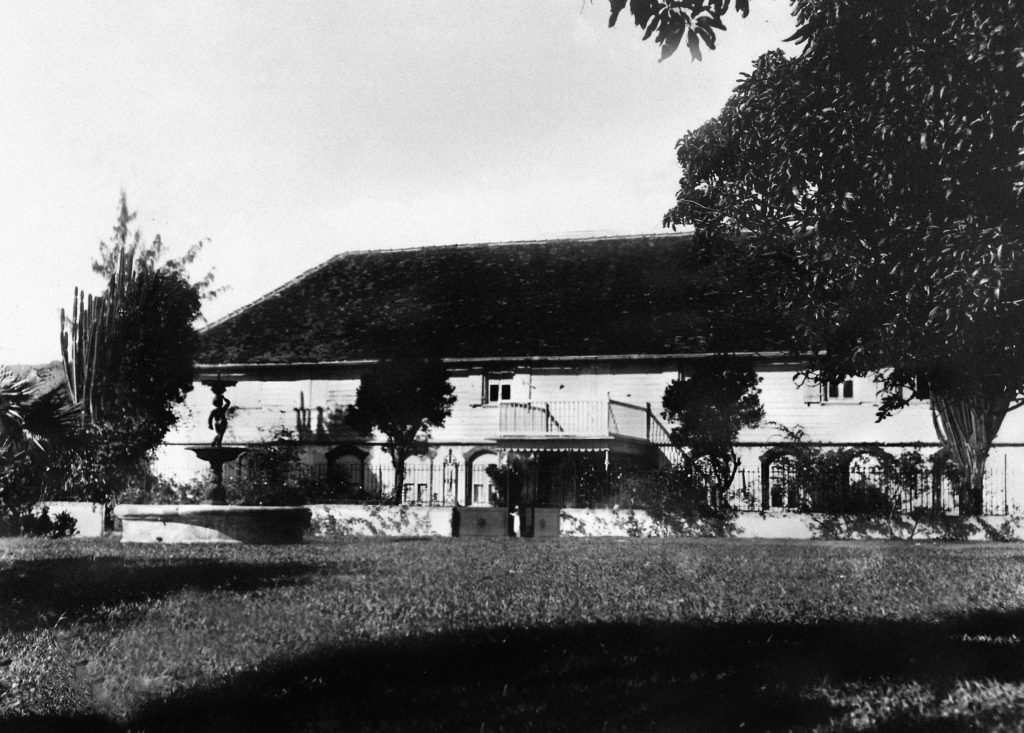
The Galion’s main plantation is a colonial type plantation from the end of the 17th century with a rather unique appearance given, unlike the great majority of Martinique’s houses, it is not “skirted”. It originally had only a ground floor, but the violent cyclone of 1813 destroyed a large part of the house, which took advantage of its renovation to add a second floor.
The house’s interior and furnishings have remained virtually untouched since the late 19th century. A 19th century fountain, very fashionable at the time and inspired by the famous Heloise fountain which disappeared with Saint-Pierre in 1902, seemed to dominate the estate from the garden of the house.
The main house had one of Martinique’s greatest treasures at the time, an exceptional water store with 38 jars each measuring 100 litres classified as historical monuments. The main house is still inhabited by the descendants of the Bougenot family.


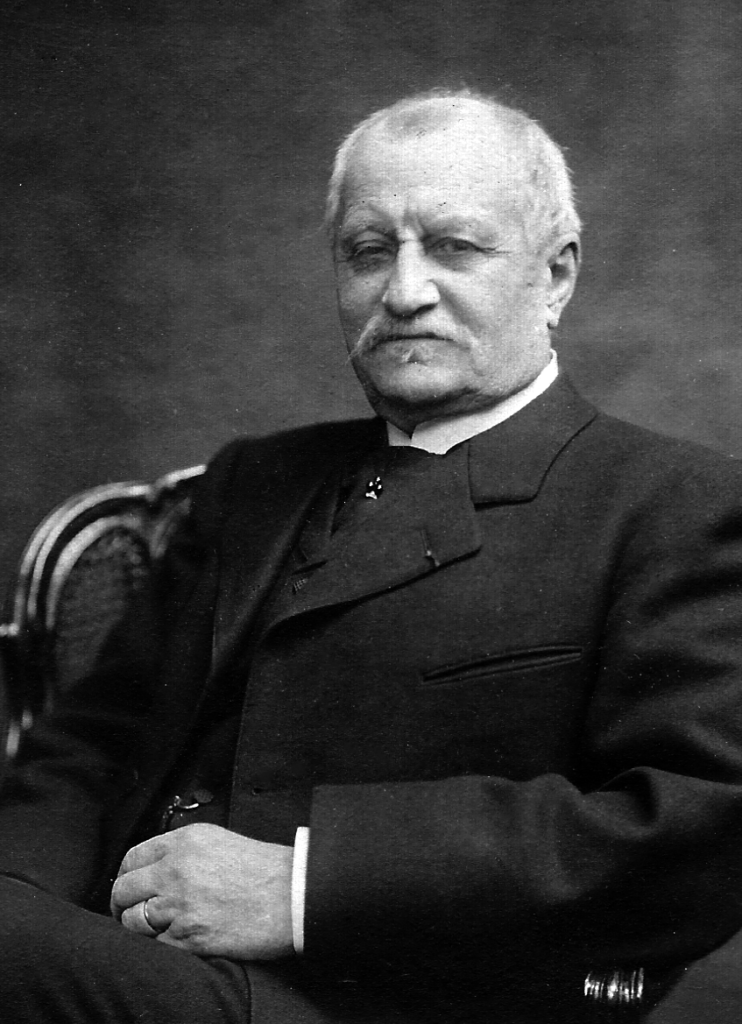
(Saint Peter, 9 September 1925)
Dear Sir,
I have received your dispatch from Basse Pointe announcing the death of Monsieur Bougenot. We are saddened by this news; we are losing one of the men who contributed most to this country’s industrial development and whose influence, despite his great age, was still considerable.
Please be our interpreter to these ladies and offer them our sincere condolences.
Our most cordial sentiments.
Victor Depaz


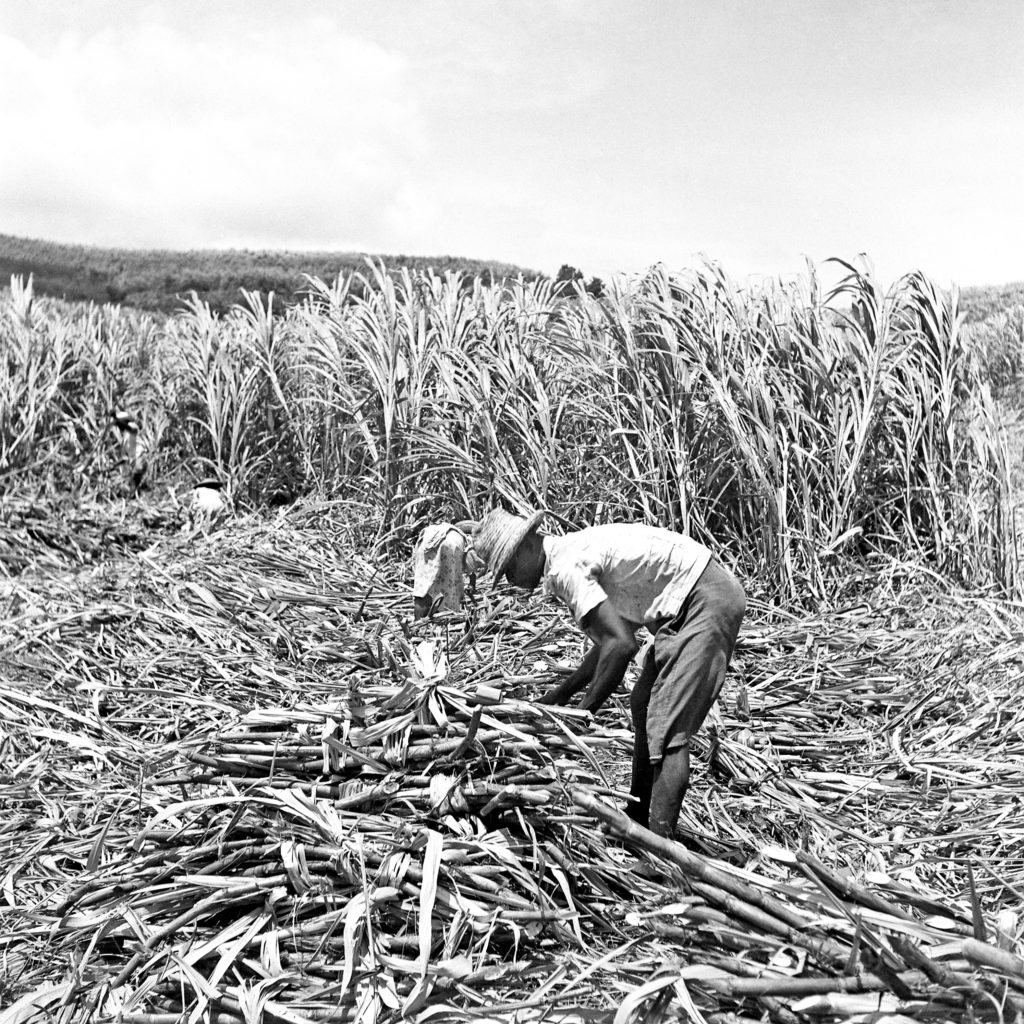
Until the 1960s, the Galion plantation remained virtually unchanged, retaining the structure of the old dwellings and simply modernising its plant and techniques. Meanwhile, the sugar ecosystem was collapsing. Cane yields were falling dangerously, and one sugar factory after another closed.
Over a period of twenty years, 1960-1979, the area harvested fell from 13,500 ha to 5,500 ha – a 59% reduction – with all communes recording this decline. The decline was first explained by competition from other crops, like bananas and pineapples, in the most watered sectors. The imperatives of agricultural modernisation led the factories to “contract” their estates in the best sectors.
Against the general trend, Galion invested heavily in modernisation and cane yields increased, prompting the authorities to choose the Galion factory to create a semi-public company that would save the sugar economy in Martinique.
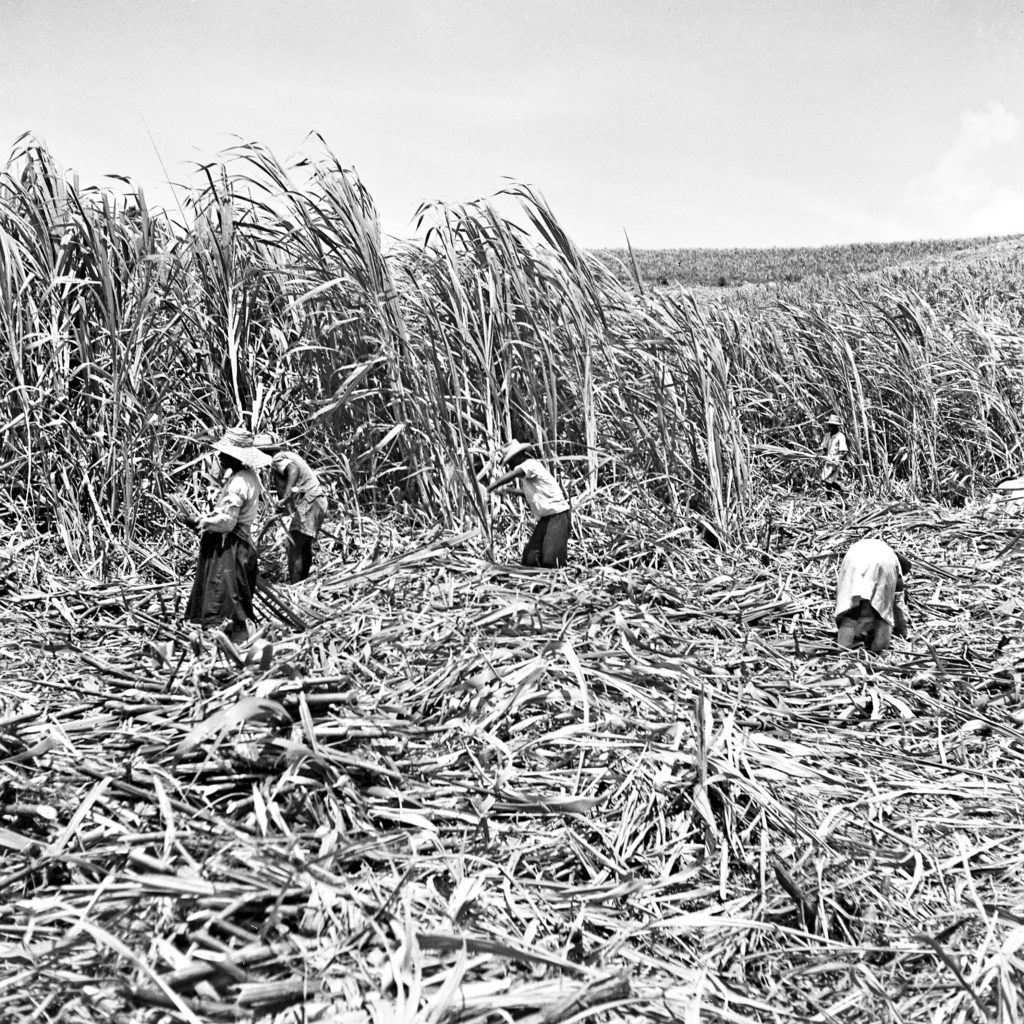


After bitter disputes between the factory workers, the Bougenot descendants and the state to prevent the closure of the Galion factory and job losses, the factory was chosen to become the last sugar centre in Martinique. In 1981, the Galion factory left the Galion agricultural centre, which lost the industrial part of its identity with the transfer of its sugar and rum activities. The plant became a semi-public company (SAEM) with a majority stake held by the region. The Exploitation Agricole du Galion then became exclusively agricultural.
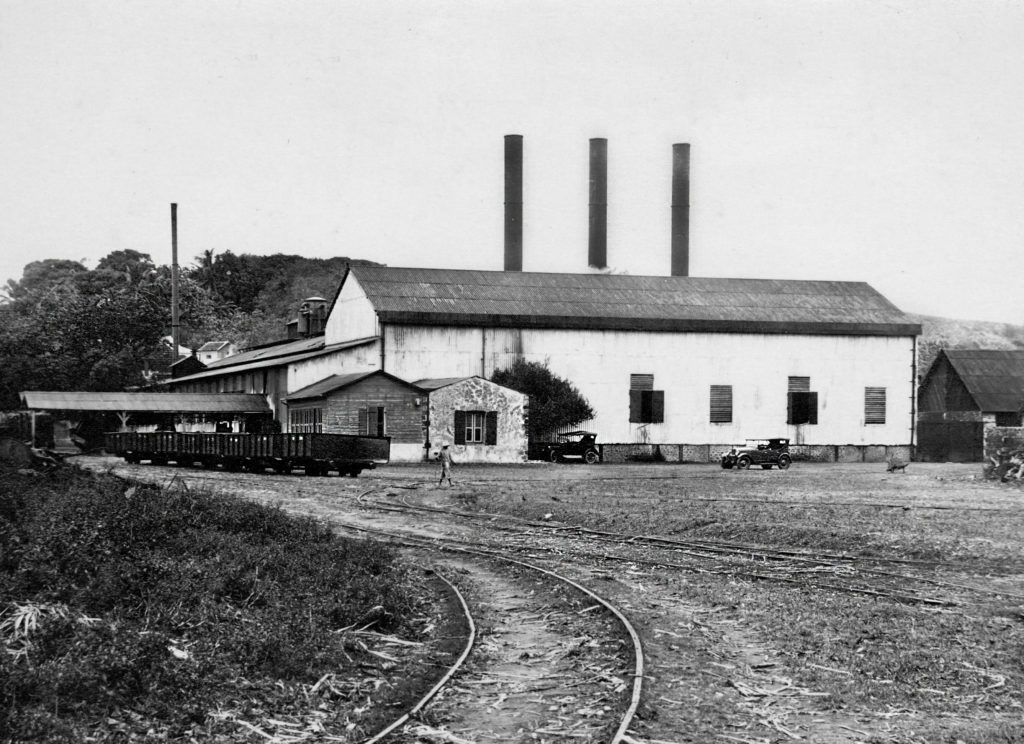


1980-2000
supporting human development
From the 1980s onwards, the communes of Le Robert and La Trinité developed considerably. The EAG then adopted a courageous land policy to accompany this development and gave up large areas of its land to build infrastructure and improve the situation for nearly 200 families on the plantation’s land.
1968
preserving memory
In 1968, the EAG deposited almost all of its archives at the Archives Nationales in Paris, this being nearly 5,000 items, some of which dated back to 1770, and most of which spanned the period from 1860 to 1960. A duplicate of all the inventories of the dwellings from these archives was given to the library of the Antiquities Department in Fort-de-France.
1988-1989
preserving unspoilt nature
The Exploitation Agricole du Galion sold 400 hectares of land to the Conservatoire duLittoral. This land became the Caravelle Nature Reserve.
1993
photographic heritage
In 1993, the Exploitation Agricole du Galion donated its entire photographic collection to the Departmental Archives. The photographic collection consists of nearly 500 photographic plates, most of which bear witness to the agricultural and industrial history of the second half of the 19th century and the beginning of the 20th century in Martinique. This collection is currently kept in the departmental archives.
1980 to the present day
loyalty to the cane and the Galion sugar factory
Not yielding to the call of profit at any price, the Galion remains faithful to its cane identity and continues to supply the sugar factory. Although some 300 hectares are gradually being converted into bananas and grassland for livestock, Galion remains the island’s leading sugarcane producer with 500 hectares cultivated by itself and 250 hectares cultivated by smallholders. This represents 20% of the island’s total cane production.
2010 to the present day
ensuring the company’s future while promoting sustainable development
In 2011, EAG launched a solar energy project on one hectare of cane.
In 2015, EAG welcomed Albioma to Fonds Galion. This factory uses bagasse to create 19% of the island’s electricity. This bagasse comes directly from the sugar factory and therefore from the cane fields of the Exploitation Agricole du Galion.

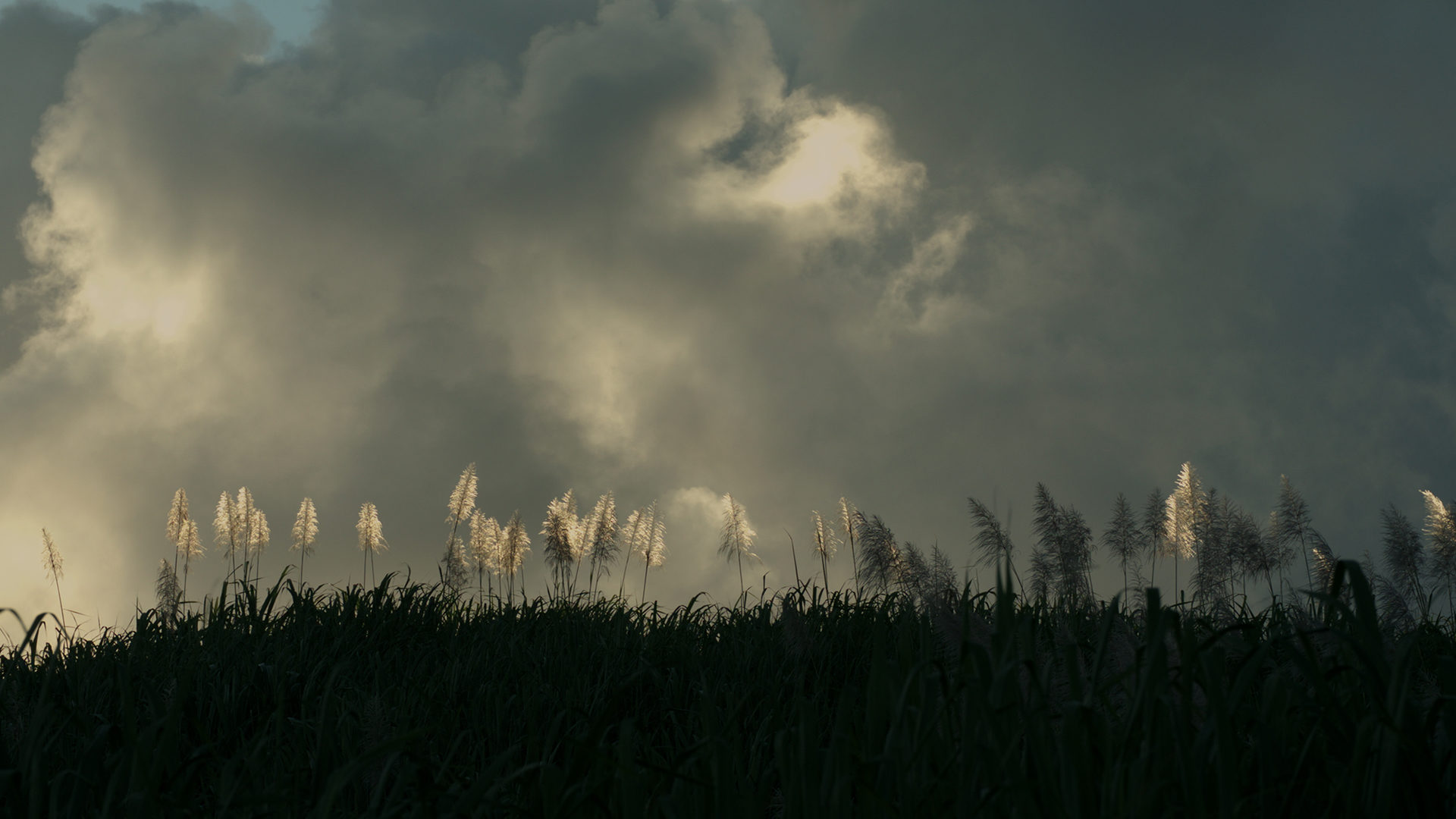
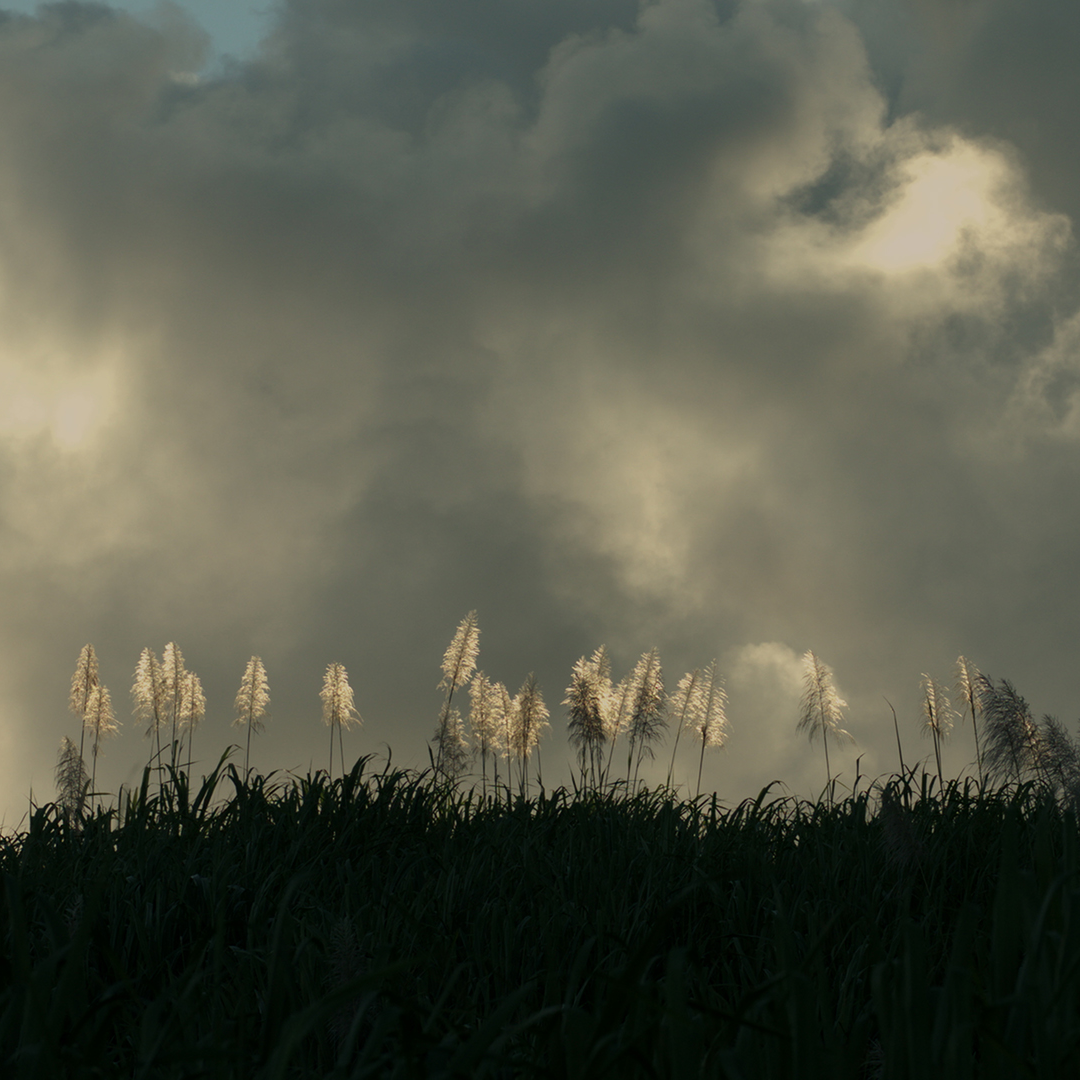
In 2018, thirty years after abandoning its industrial activity, Exploitation Agricole du Galion took up new challenges to add value to its sugarcane in order to remain profitable and preserve its agricultural model and jobs. It made its return to the rum business by creating Baie des Trésors.